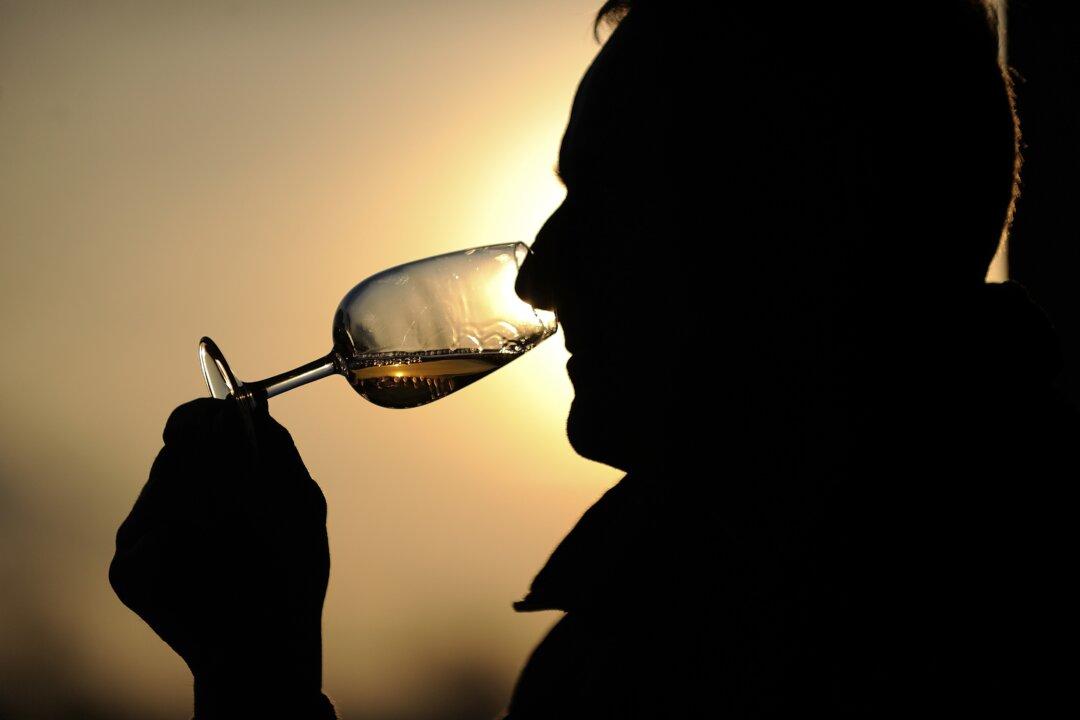Think the French are the world’s greatest wine lovers? It turns out that isn’t the case anymore.
In a new study on global alcohol consumption conducted by the international economic group, OECD (Organisation for Economic Co-operation and Development), researchers found that drinking habits in European countries are becoming more homogenous: less of a drinking culture where one kind of beverage dominates, and more development of a mixed palate.
While some regional preferences are still hold strong—Central Europeans still drink more beer—wine-producing countries like France, Italy, and Greece actually saw per capita consumption of wine fall by 20 percent or more since 1990.
The researchers had a few theories for why love for wine is no longer exclusively a French phenomenon: wine is now readily available at social gathering places and venues. Thus, people don’t reserve wine for special occasions or particular drinking places anymore, according to the study.
And in emerging economies like India, wine companies have specifically targeted their marketing toward urban women, leading to increased wine consumption there.
In 2014, a market study conducted by the International Organization of Vine and Wine revealed that the United States overtook France in wine consumption: the former drank 29.1 million hectolitres of wine, edging out France by roughly 1 million hectolitres. Having said that, France only has a population of about 66 million while the U.S. population is 118 million.
Researchers Thierry Lorey and Pascal Poutet compared French drinking habits across different generations in a 2011 paper published in the International Journal of Entrepreneurship and Small Business. They found that generational differences too may be contributing to the drop in wine consumption: while the elderly generation (60-70 years old) grew up with wine on the table at every meal, the middle-aged consider wine an occasional indulgence, and the young generation typically only began drinking wine in their twenties.
“For them, wine is a product like any other, and they need persuading that it is worth their money,” reported the BBC in 2013.
Meanwhile, past trends in European alcohol consumption have shifted: the Nordic countries are no longer predominantly drinking spirits (gin, vodka, whiskey), according to the OECD.
And northern European countries are not the only ones where binge drinking (officially called heavy episodic drinking) is common. Binge drinking actually decreased in England, Ireland, and Germany, countries that used to have high rates of heavy drinking.
The country with the highest per capita alcohol consumption may also come as a surprise: Estonia. Alcohol consumption grew nearly 60 percent in the northern European nation, to 12.3 liters per adult.






